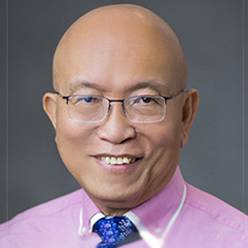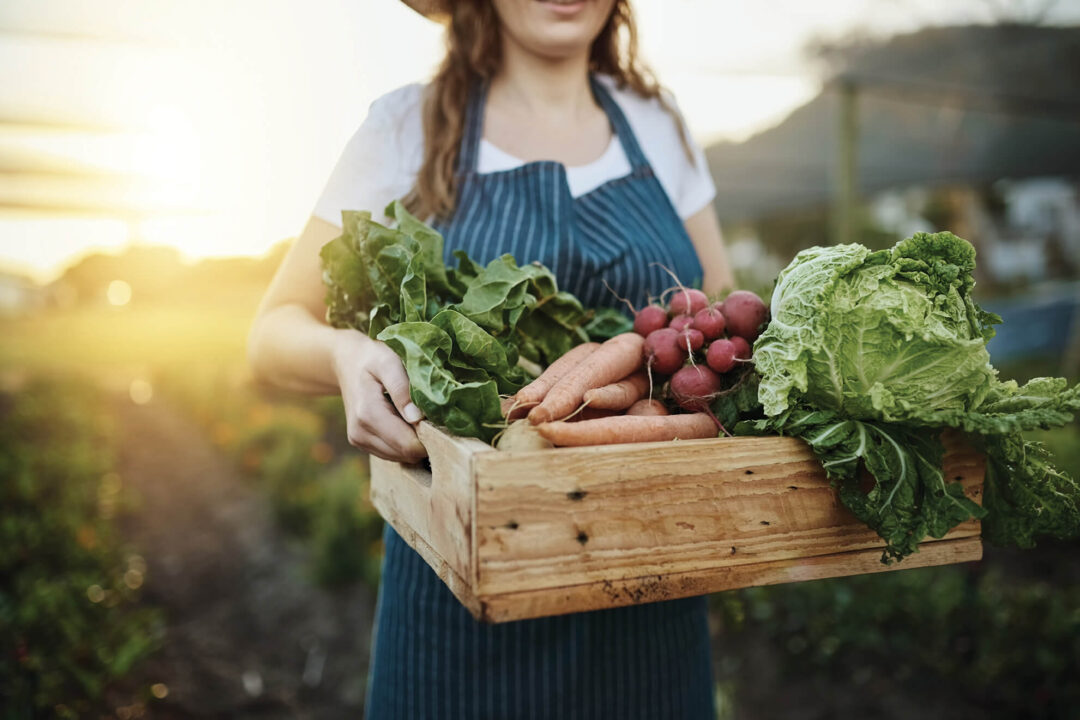Experts Discuss Merger and Acquisition Activity in Global Agribusiness for 2024
AgriBusiness Global LIVE! invited three experts to discuss 2023 merger and acquisition activity and what it means to the synthetic and biological crop protection industry for 2024. Mark Trimmer, President and Founding Partner from DunhamTrimmer; CS Liew, Managing Director from Pacific Agriscience; and Javier Chavarro, Independent Consultant discussed activity from four regions: Latin America, North America, the EU, and Southeast Asia. Here are some questions the webinar audience posed to our experts, answered by Liew. View a recording of the webinar here.
ABG: Where will be the large opportunities among segments?
CS LIEW: The segments are: biofungicide, bioinsecticide, biostimulants, and seed treatments. The regions are in developed countries where consumers demand low-chemical residues in food they consume. Also, in regions such as Africa and LATAM that export fresh produce and food to developed regions such as Europe and North America.
ABG: With Pivot’s success in the market despite the optimized soils of the U.S. Midwest, how have they been able to be so successful? You said marketing costs can far outpace development and manufacturing — was this a factor for Pivot?
CL: I am not privy to PIVOT’s focus in terms of where they get best results with their nitrogen-fixing product and achieved their $100 million sales mark this year. But if I were to market and sell such a product, I would certainly pick areas where yield potential of crops grown are not optimal or at max, say, at 80% rather than those at close to 100%. Of course, opportunities will be intensified when nitrogen prices shoot up. There is more incentive for farmers to cut down on nitrogen rates and hence more likely to use nitrogen-fixing products.
Currently, successful biosolutions companies almost all have one thing in common—they are invested by PE and sovereign funds. Or they belong to multinationals (MNCs) that are cash rich. Without tens of millions of dollars to invest in market development and marketing, chances of success are low.
ABG: Out of all the big agrichem companies, which would you think would be most aggressive in the next few years in terms of making acquisitions for innovative biopesticide companies.

CS Liew. Photo: Pacific Agriscience Pte Ltd.
CL: A handful of agchem MNCs are building their biosolutions portfolio, through in-house R&D and through acquisitions.
ABG: Seeds (breeding programs) were very attractive to MNCs some 20 years ago. Are they still attractive?
CL: Seeds and good seed genetics are always in demand. They are the foundation of a good crop and yield.
ABG: What do you think of the past acquisitions of large companies, after some time in terms of results for those large companies?
CL: Mixed results or outcome, I think. Some over-paid or over-valued their acquired targets. And the market for biosolutions has not grown as fast as forecasted.
ABG: What level of efficacy do biopesticides need to show to be an attractive asset? Do they need to be as efficacious as chemical AIs?
CL: Ideally as efficacious as chemical ones but this is difficult to achieve. Seeing it from the eyes of farmers, if you don’t provide at least 70%-80% of the level of efficacy of chemical solutions, it will be a tough sell.
ABG: Which is the expectation for the next 5 years for bioherbicides? From my point of view, the biggest gap in the market is the several restrictions for broad control chemical herbicides.
CL: There are no major or breakthrough bioherbicides in the market yet. The world is waiting for one to come.
ABG: Biocontrol products have higher prices and lower performance. Therefore, the standard is to use synthetics + biocontrol, is not?
CL: This is the crux of integrated pest management (IPM) principles. I am one of the first graduates in IPM from Iowa State University back in 1979. Yes, biosolutions will not eliminate the need for synthetics. In trying to reduce chemical residues, one way is to use more synthetics early season and more biosolutions late season. Of course, using biosolutions to supplement synthetics will also reduce residues.
ABG: Does the intention of large MNCs to buy small companies in emerging markets imply a monopoly of these companies in the future biorational market?
CL: The barrier to entry for biosolutions (basically a good lab, good biologists, and a couple of fermentation tanks and off you go) is relatively low. As the companies are bought out, more players will enter the market.
ABG: I’ve seen a number of acquisitions in the biorational realm — some with very high price tags even though they haven’t made a dime (or very negative) — have any of these been a good buys/successful?
CL: Mixed results or outcome, I think. Yes, indeed some over-paid or over-valued their acquired targets. And the market for biosolutions has not grown as fast as forecast. More legislation-driven forces against synthetics will provide an impetus for growth of biorationals.





